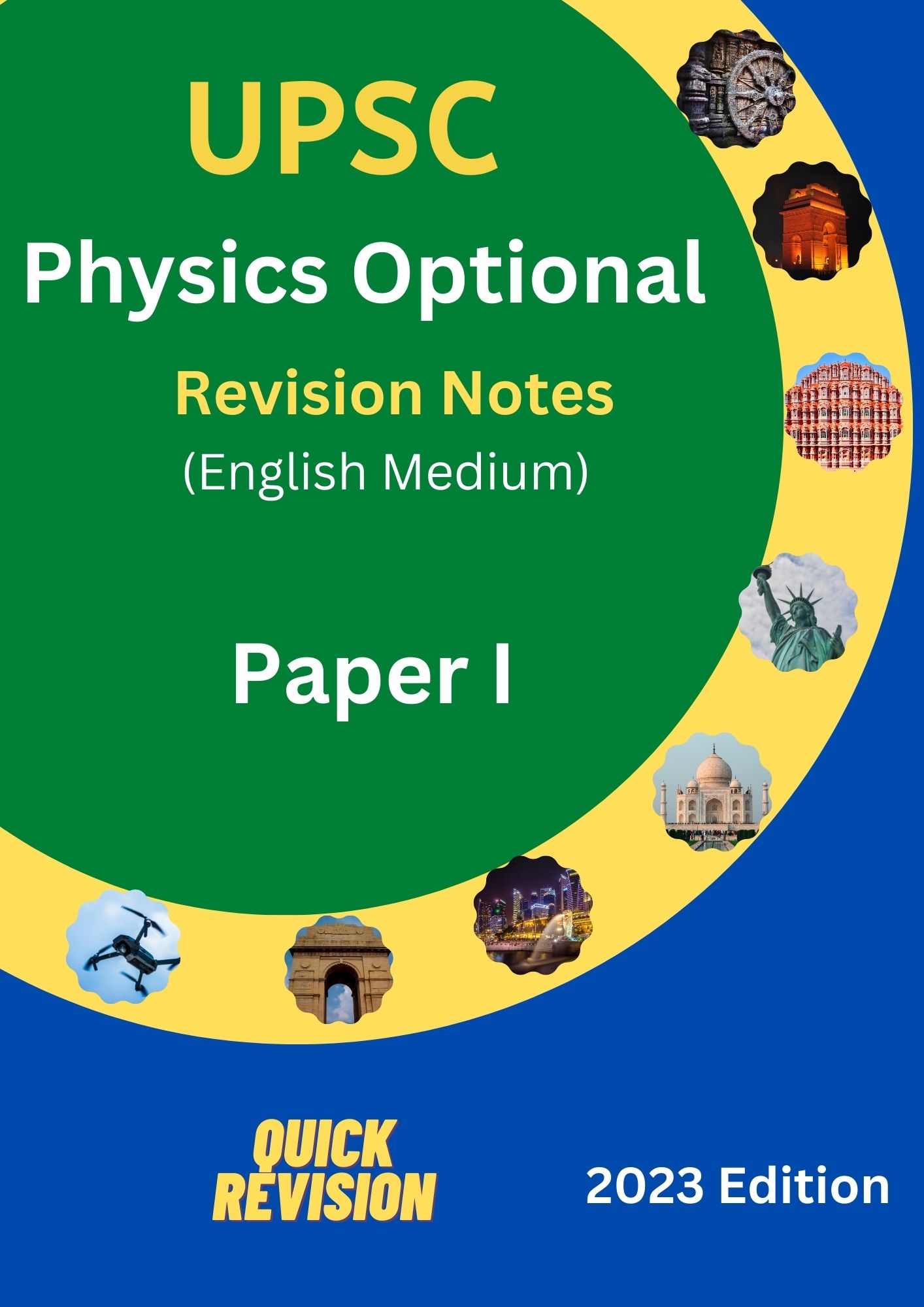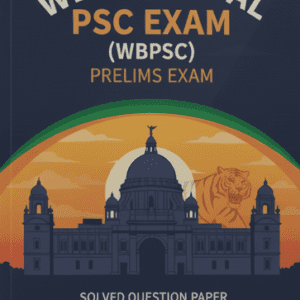Comprehensive Coverage: Physics Optional notes cover the entire UPSC Physics syllabus in a comprehensive manner. Each topic, sub-topic, and concept should be explained clearly, ensuring that no important area is left out. The notes have been structured in a logical sequence, making it easier for candidates to understand.
Simplified Explanation: Effective Physics Optional notes provide simplified explanations of complex concepts. The language used is easy to comprehend. The notes focus on presenting the core ideas and principles, making them accessible for candidates from different academic backgrounds.
Organized Format: Well-organized notes help candidates navigate through the vast syllabus with ease. The notes has be divided into sections and sub-sections, allowing for quick reference and targeted revision. Clear headings, subheadings, and bullet points are used to enhance readability and facilitate effective studying.
Diagrams and Illustrations: Visual aids play a crucial role in understanding Physics concepts. Comprehensive Physics Optional notes include clear and well-labeled diagrams, illustrations, and graphs. These visual representations help candidates grasp complex ideas, visualize physical phenomena, and provide a better understanding of the subject matter.
Problem-solving Approach: Physics is a subject that requires problem-solving skills. High-quality notes include an ample number of solved examples and practice problems. These problems should cover a range of difficulty levels, enabling candidates to apply theoretical concepts to practical scenarios. Solutions to problems should be explained step-by-step, emphasizing the underlying principles and methodologies.
Integration of Current Affairs: Physics is a dynamic field with constant advancements and discoveries. To stay updated and demonstrate a comprehensive understanding of the subject, Physics Optional notes integrate relevant current affairs, particularly in areas like astrophysics, nuclear technology, and quantum mechanics. This helps candidates establish a connection between theoretical concepts and real-world applications.
Revision and Practice: It includes summary sections, key points, and revision notes for quick and efficient revision. Additionally, practice questions and sample answers should be provided to allow candidates to evaluate their understanding and improve their writing skills. The inclusion of model answers or previous year question analysis further aids in exam preparation.
UPSC Physics Optional Notes (Paper I) 2023
Important Links



